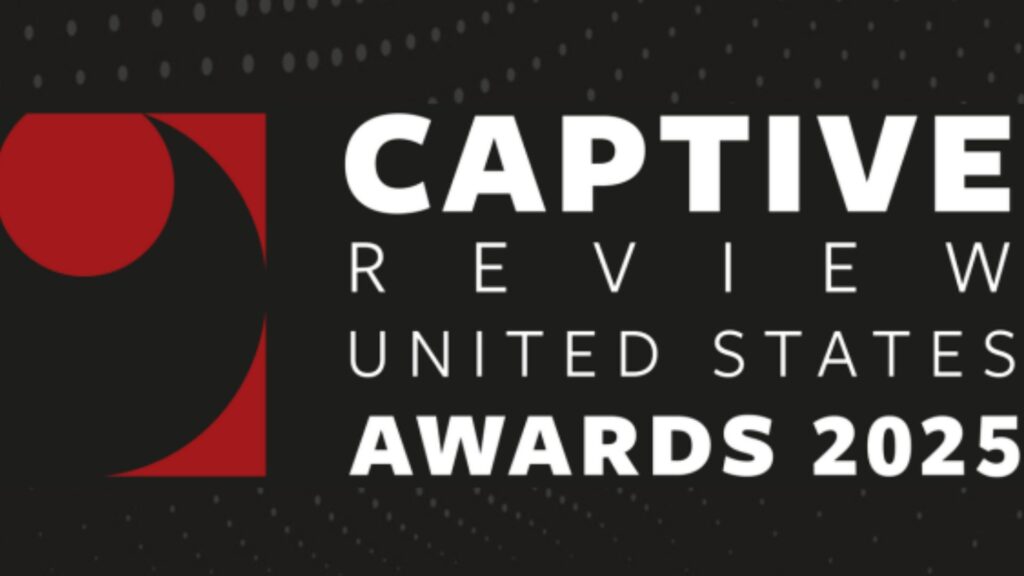Should I Stay or Should I go? Finding the Optimal Captive Structure for Property & Casualty Risks

The Challenge
A mid-sized (over $1B in annual revenue) architecture, engineering, construction and consulting firm was utilizing an industry group captive to underwrite their workers’ compensation, general liability, automobile coverages and subcontractor default risks. The organization requested Spring to help assess whether the group captive solution was still optimal and to help shape their risk management strategy. As part of this review, we assisted them in considering the pros and cons of exiting the group captive program to form their own single parent captive. To support this decision, we helped them understand both the financial implications and qualitative factors they should contemplate and the implications of this change.
The Process
Spring began by undertaking a total cost of risk assessment at the line of business level for workers’ compensation, general liability, excess general liability, professional liability, subcontractor default, and medical stop-loss insurance lines. The purpose of the study was to explore the universe of options available to the client and included a high-level review of potential risk structures, retention levels, domicile options and reinsurance/fronting options. In addition, Spring commented on the competitiveness of the existing framework, generating a robust view of the advantages and disadvantages of the different solutions, and provided recommendations as to how best to move forward.
Spring’s Solutions
Spring implemented a multi-step approach that included the following:
- The Quantitative Analysis: Creating a total cost of risk comparison between the previous group captive and proposed single parent captive structures for each line to understand program cost savings. The key steps include:
- Analyzing loss and exposure data
- Developing expected claims at various retentions
- Defining operating cost assumptions (other than retained loss)
- Modeling captive company Proforma balance sheet and income statement
- Estimating captive capital requirements
- Obtaining brokerage quotes at the analyzed client retention levels to determine optimal retention level and the anticipated market savings that go with it
- The Qualitative Analysis: Evaluating non-financial factors such as risk distribution, domicile, regulations, administrative requirements and the positives and negatives for each captive solution. The key steps included:
- Evaluating the required structure to meet appropriate insurance tests, like risk shifting and risk distribution
- Evaluating differences between the home state and other potential domiciles
- Conducting a deep dive into the various service provider functions and requirements
- Completing a policy review to outline potential changes to coverage terms with a single parent captive
- Providing a pros and cons analysis for a single parent captive versus the current group captive structure. Some of the benefits of each are as follows:
- A single parent captive model allows additional flexibility in coverage option including medical stop-loss, more control over funding structure and selected services and risk control programs, and the ability to take full advantage of a favorable long-term loss profile
- The original group captive structure offers favorable pricing over commercial markets for certain lines in the near term due to large, self-insured retentions and economies of scale by mixing in the risk of other large insureds with similar risk profiles. It also allows access to certain safety management and other services (if desired)
- Reporting of Results: Preparing and presenting a report highlighting the financial and non-financial differences to enable the client to make a fully-informed decision to either move forward with implementation or stay with the existing captive.
- The Client Decision: After thorough fact finding, analysis and comparisons, and communication with the client, the decision was made to form a Vermont-based single parent captive. To move the process forward, we created an actuarial captive feasibility study, a captive business plan, policy forms and other documents to be submitted to the Vermont regulators. There was initial uncertainty over whether the client would still receive required risk distribution, as there was a change in the third-party risk profile with a single parent captive. However, the accounting and tax team concluded that the new entity, based on the selected coverage structure and underlying insured exposures, still qualifies for risk distribution and can be treated as an insurance company
- Next Steps: Spring began quarterbacking the client through the implementation process once they decided to form their Vermont single parent captive, which involved the following:
- Preparing an actuarial captive feasibility study and worked with the selected captive manager on the application material for submission to the Vermont department of insurance
- Assisting in the selection of service providers for the captive
- Providing ongoing actuarial and consulting services to the parent company and their captive to ensure that they are aware of all possible insurance solutions available and are informed in their insurance choices
Ongoing Success
In the current challenging market conditions, a captive solution is a powerful tool to have during renewal negotiations. Even if it isn’t implemented immediately, having the captive option available provides a competing solution to traditional carriers. Even for coverages not insured through the captive, the client will have increased bargaining power and may receive better offers from traditional insurers. Most importantly, moving from a group captive to a single parent captive has provided the organization the opportunity to use a captive solution to support other aspects of their business. For instance, by adding medical stop-loss to the captive, they will be able to generate additional savings for the HR teams, allowing increased support for employee wellbeing and resources to implement additional wellness initiatives.
In summary, the client chose the solution that provides them flexibility, over maintaining the status quo of their group captive, and enables the parent company a recoup of profits, particularly as it builds surplus over time, that would otherwise go to the group captive and excess carriers. As the captive matures, the client is also expected to receive captive profits back as dividends and be able to further increase self-insured retentions. We will continue to provide insurance consulting (both captive-related and beyond) to the parent company and lead them through the initial year of single parent captive strategies.


